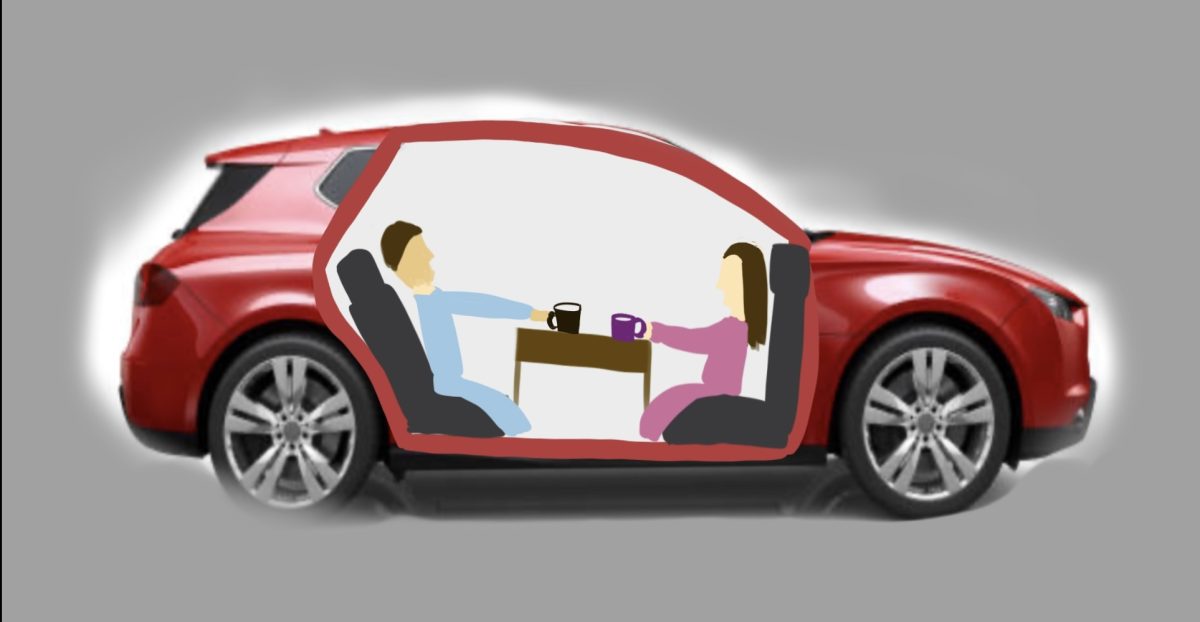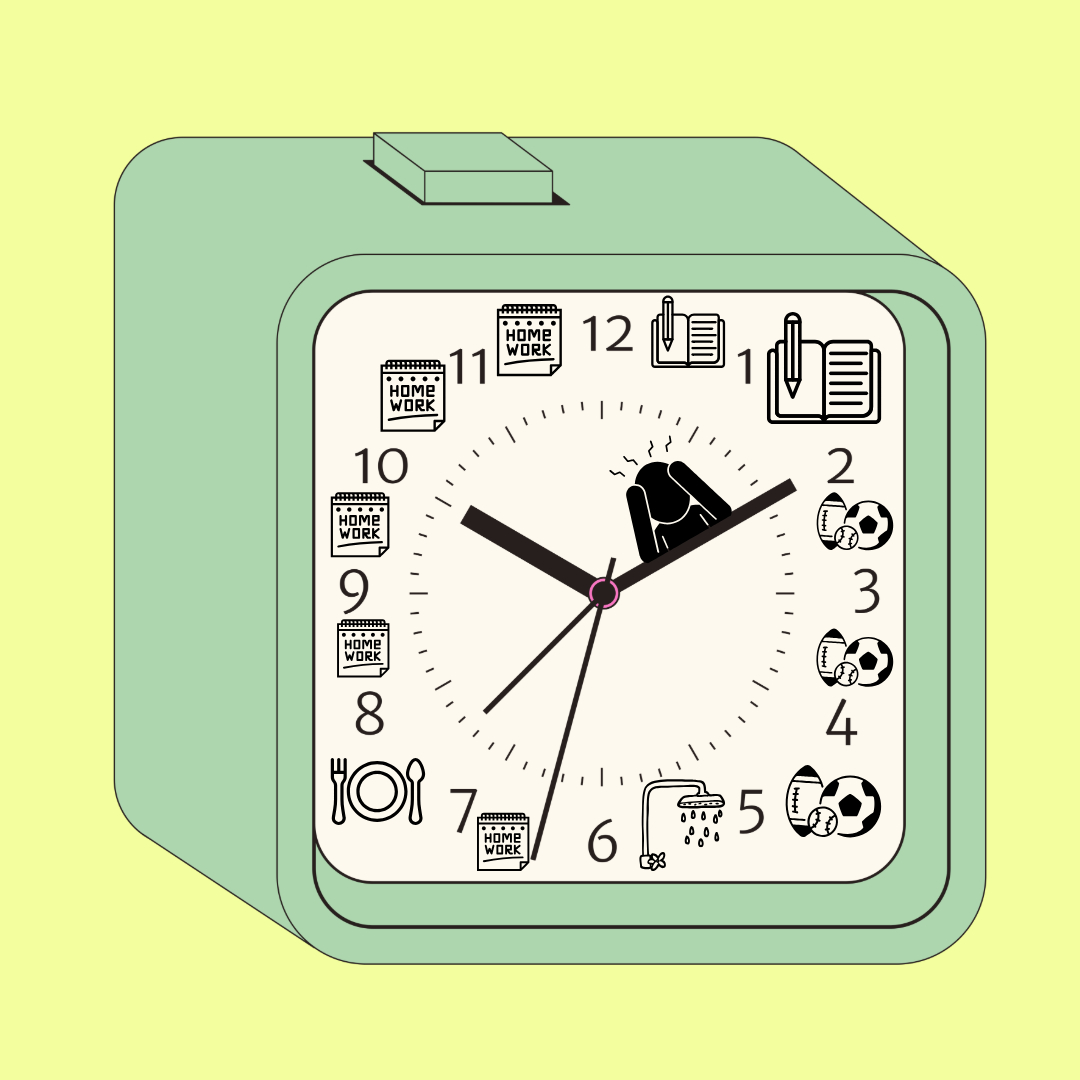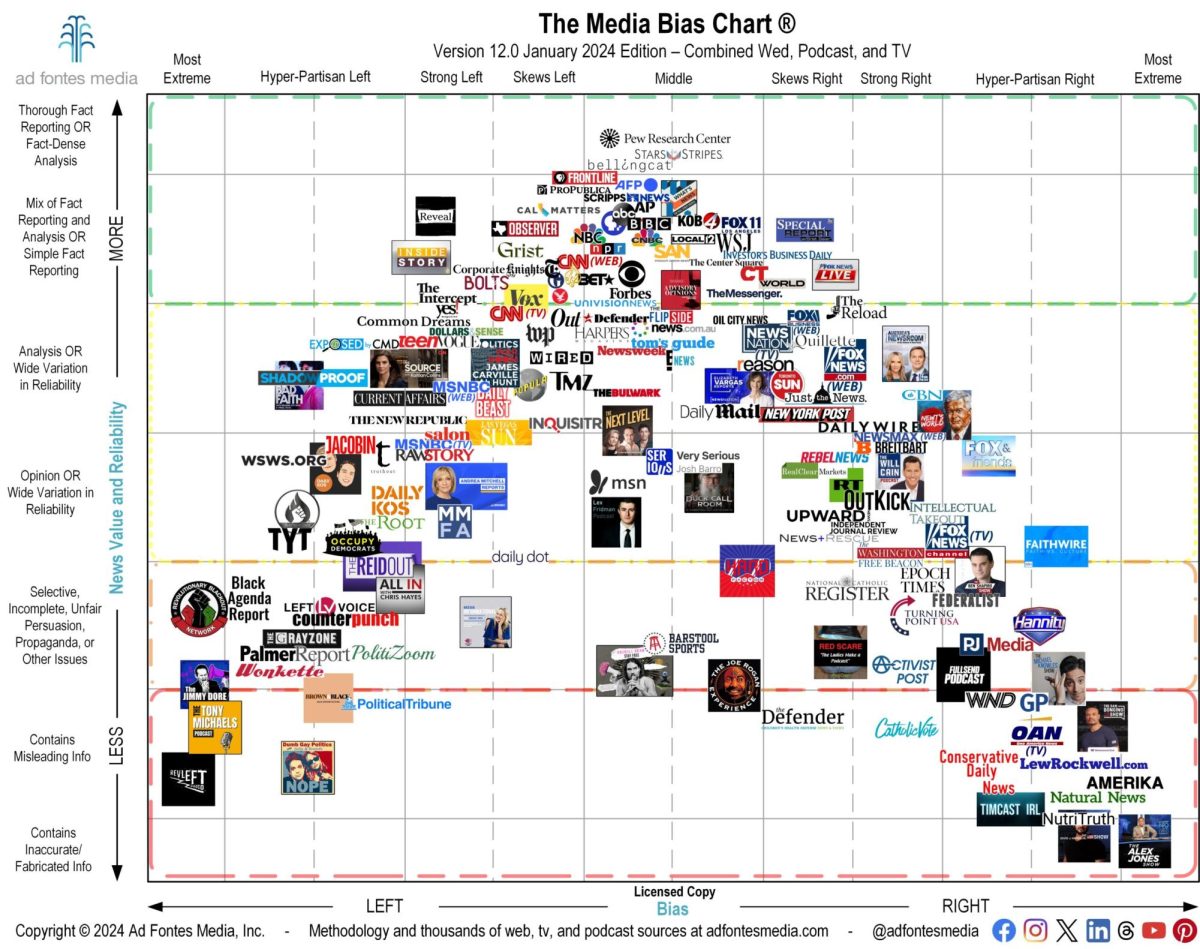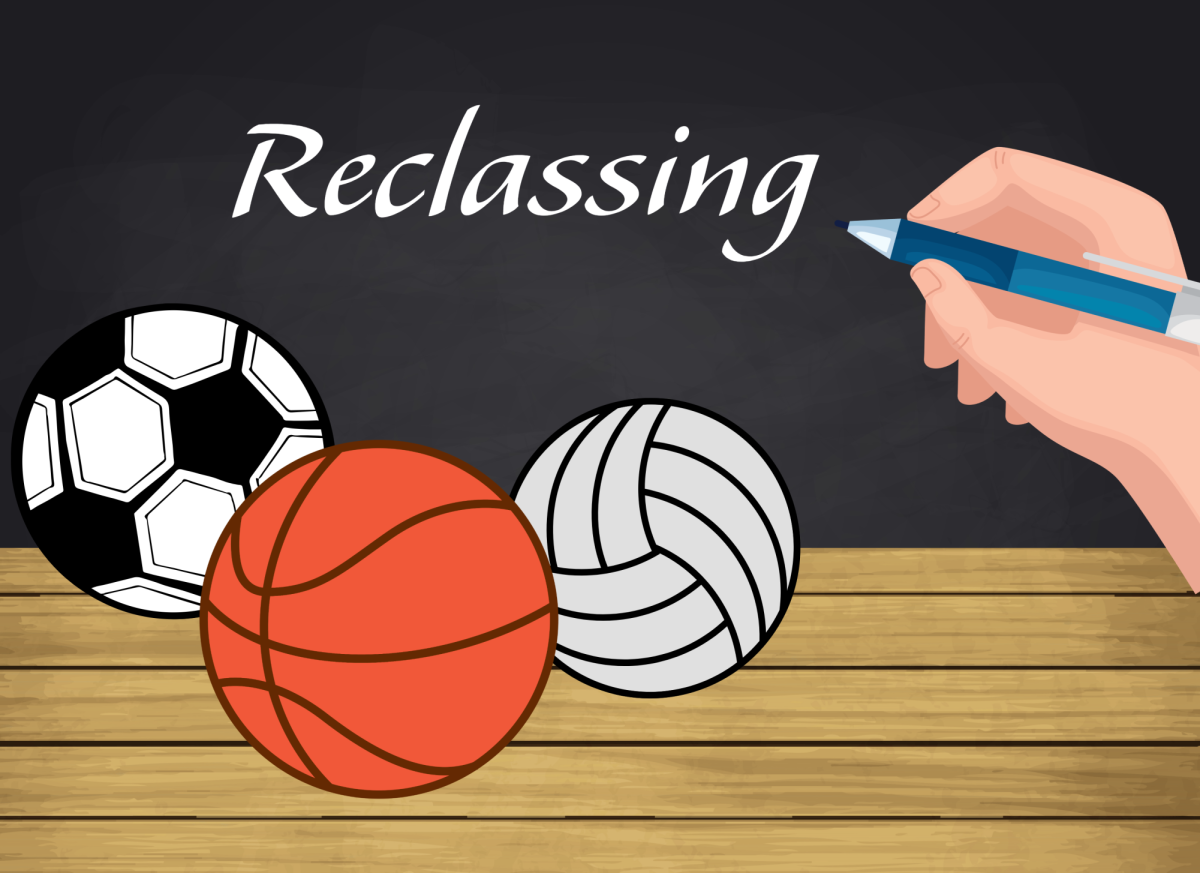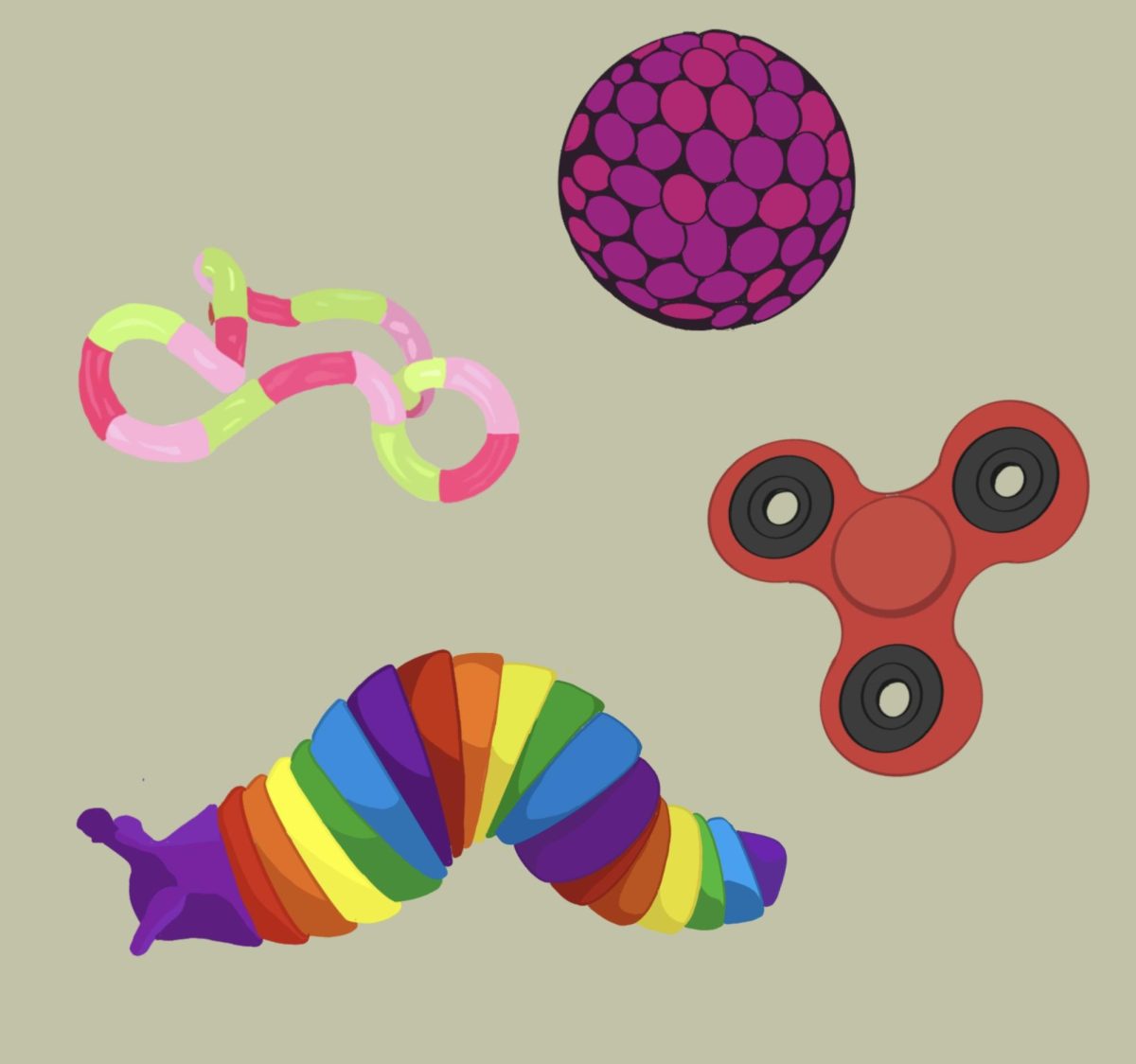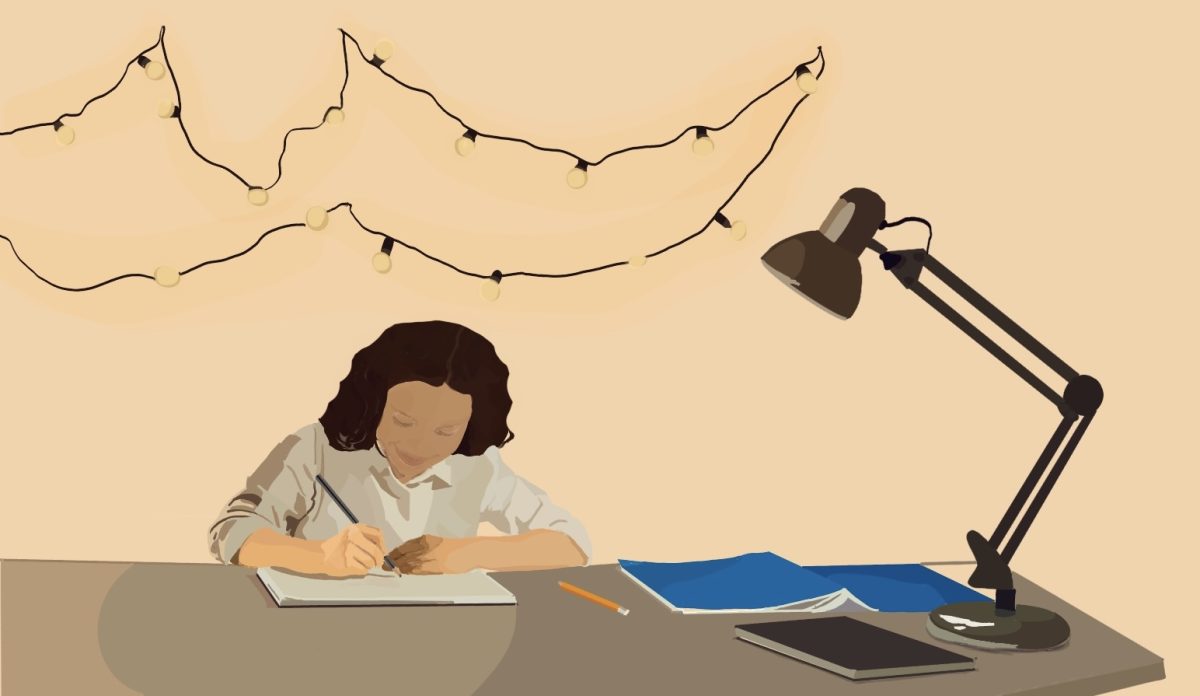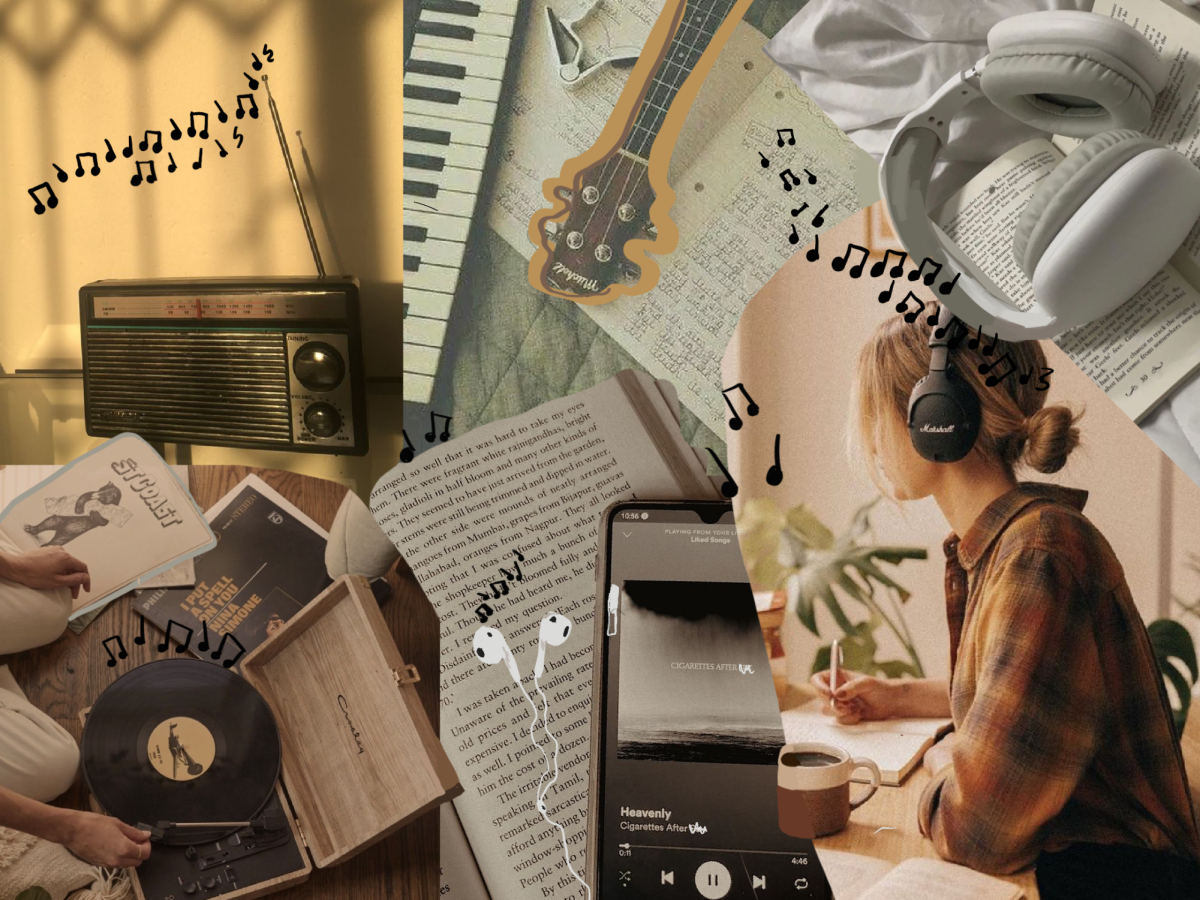By Katie Hurwitz
Staff Writer
Walpole is renowned as a competitive town: outside of the classroom, the Rebels compete in sports; however, in school the competitive nature proves to be just as important. Applying game playing to the classroom is a notable strategy for learning.
Gamification is the application of game playing to the classroom to encourage engagement with learning. The personal or classroom games enhance performance through competition, rewards, and a variety in teaching.
Some teachers do not use gamification, as they think that games are a distraction to learning and that school is not an environment for childish playing. However, this process is applicable for any age, as nobody outgrows captivating and unique activities to reinforce learning.
Walpole Public Schools uses gamification in different departments.
In the English department, gamification is implemented through primarily Socrative and Vocabulary.com. Socrative is an application used to answer questions off the spot and play Space Race—a relay race in which students try to get the most answers correct in the least amount of time. Vocabulary.com is a website that includes courses to learn vocabulary and practice questions. With more right answers to questions comes higher levels and overall score.
The Foreign Language department uses creative, self-made games, such as the “fly swatter game” in which students use fly swatters to hit a correct answer out of a layout of many possible answers. Quizlet Live is also used, which involves every student answering the same questions off their phones and competing for high scores. This is the same design as Kahoot, which is used in primarily the math department.
Jeopardy is a timeless game where students break into teams to work together and review material, which is predominantly used in the history department.
Gamification motivates students to further themselves. The excitement of playing a game is a factor of a student wanting to learn. Using gamification in the classroom switches up the strategy of teaching. It is important to have variety in the way one learns, and not the same, monotonous class everyday. In most cases, routine activities such as reading out of the textbook are ineffectual to proficient learning. Information is not absorbed if one is not engaged. Playing games is a clear illustration of learning for knowledge, rather than for memorization.
Everyone learns differently, but games bring everyone together.
When it comes to learning, one size does not fit all. There are seven types of learning: visual, aural, verbal, physical, logical, social, and solitary. Having the same lesson plan can be in fact deleterious for learning. Creativity through games can help a student explore which way they work best. Students come from different backgrounds. Team games are a way to bring students together so that they can work for a common cause.
Schools should enforce games in every classroom at least once per unit. Students learn during an engaging activity and continue to learn after it is done. Different topics can be associated with the activity played in class.
Teachers should rely less on the books to teach. Captivating lesson plans are the ones that resonate forever. Instead of teaching for the test, teachers should empathize and teach for the student.
Overall, gamification has three major results: improves intrapersonal study skills, builds interpersonal relations, and inspirits students regarding school. Gamification has been used in Walpole Public Schools, but should be a consistent factor of the classroom.
Since students enjoy playing games and school is meant for learning, educational games are the perfect way to make information be retained, as well as to make students enjoy school. Walpole can become a competitive town, inside and outside the classroom.



